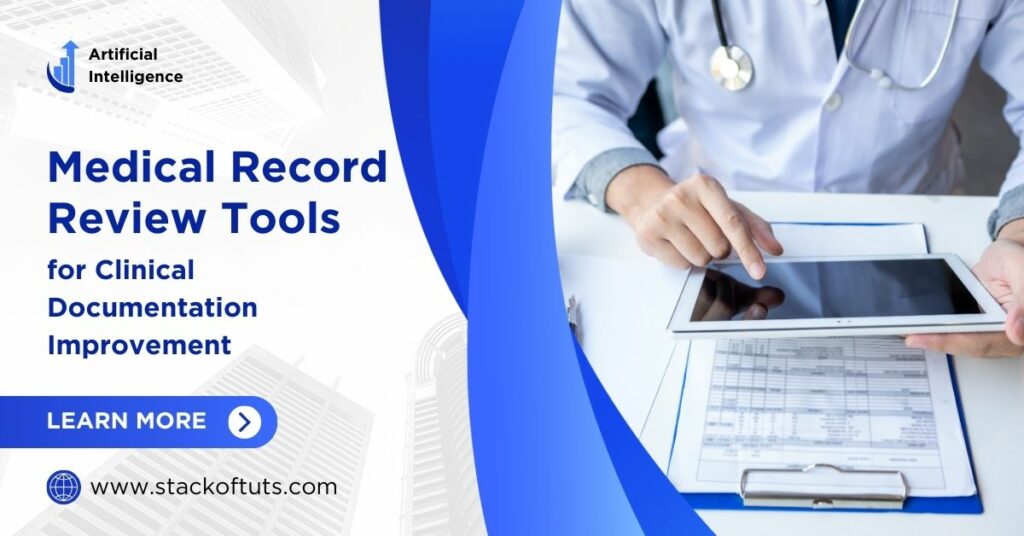
Clinical Documentation Improvement (CDI) is a critical component in the healthcare sector, ensuring that data about patient care is accurately captured and reflected. With CDI’s significance in mind, various sophisticated tools have been developed to aid in this process. Here are the best medical record review tools specifically tailored for Clinical Documentation Improvement.
What are Medical Record Review Tools?
In healthcare, medical record review technologies help ensure patient records are accurate and comprehensive. These technologies vary from complex EHR integration software to checklist-based apps. They help doctors assess and analyze patient data to comply with medical rules. These solutions frequently use AI-driven analytics to find inconsistencies or missing medical data. They also aid Clinical Documentation Improvement (CDI) by identifying issues that need explanation. These technologies help healthcare institutions improve patient care, expedite billing, and follow best practices. This boosts operational efficiency, patient results, and satisfaction.
For a complete guide also read about Top Healthcare Artificial Intelligence Software dive into this link for exclusive insights and captivating discoveries!
Top 10 Medical Record Review Tools for Clinical Documentation Improvement
1. 3M 360 Encompass System
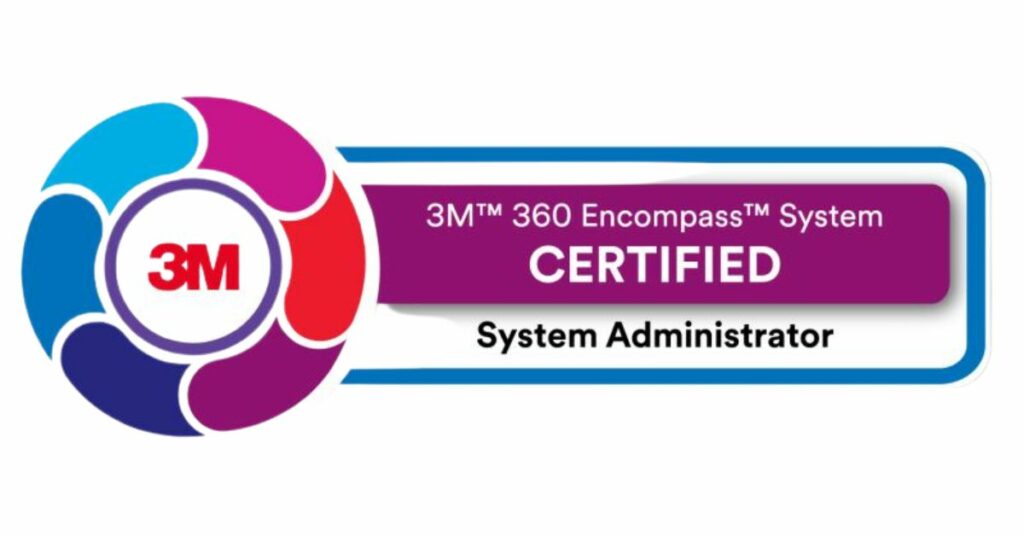
This tool stands out for integrating clinical documentation and coding workflows, enhancing both the quality and efficiency of patient records. Its sophisticated analytics help identify gaps in documentation in real-time.
2. Nuance Clintegrity CDI
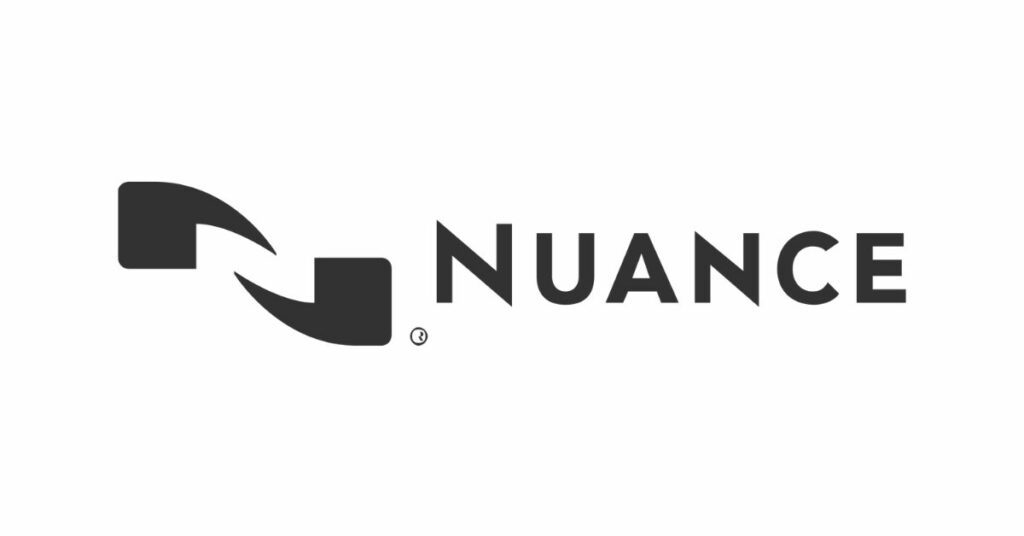
Nuance offers a comprehensive solution that assists healthcare professionals in capturing complete and accurate documentation. With its advanced AI, Clintegrity provides real-time clinical insights that improve documentation precision.
3. Epic Systems CDI
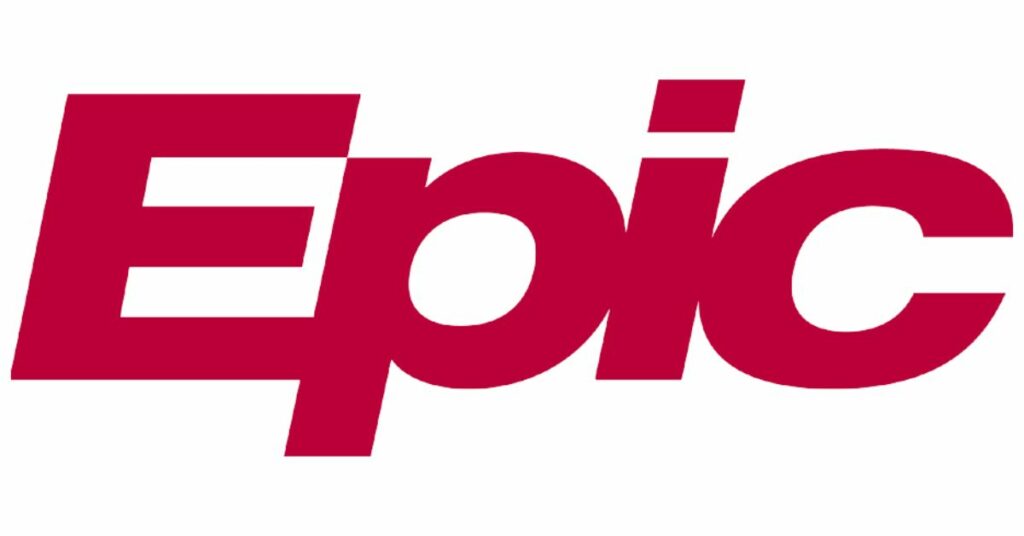
Epic’s CDI module is a robust addition to its vast EHR offerings. It supports clinical documentation by providing clinicians with intuitive workflows and prompts to ensure complete and accurate health records.
4. Iodine Software
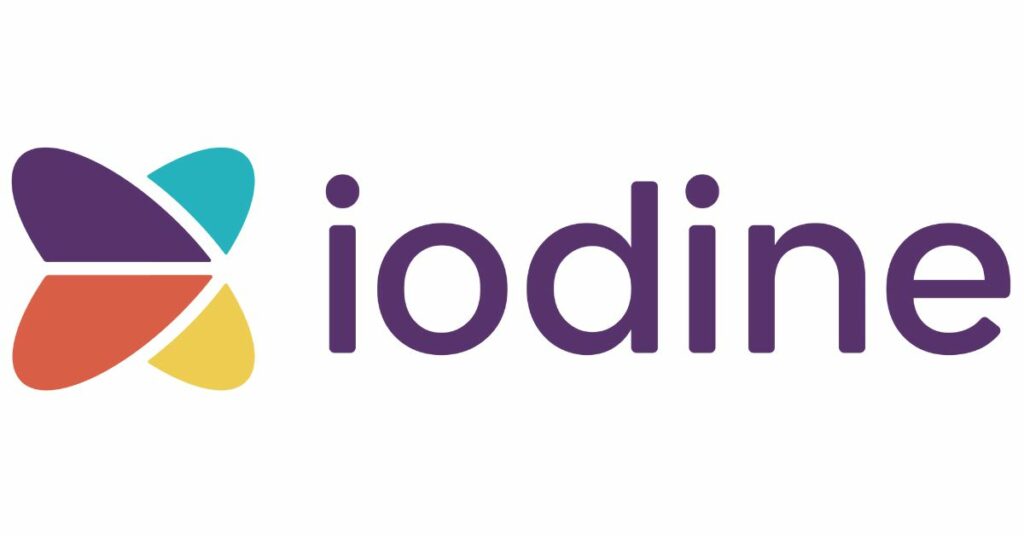
Leveraging machine learning, Iodine Software’s Cognitive Emulation approach identifies inconsistencies in clinical documentation, offering proactive suggestions for improvement that align with the patient’s clinical evidence.
5. Optum360 Computer-Assisted CDI
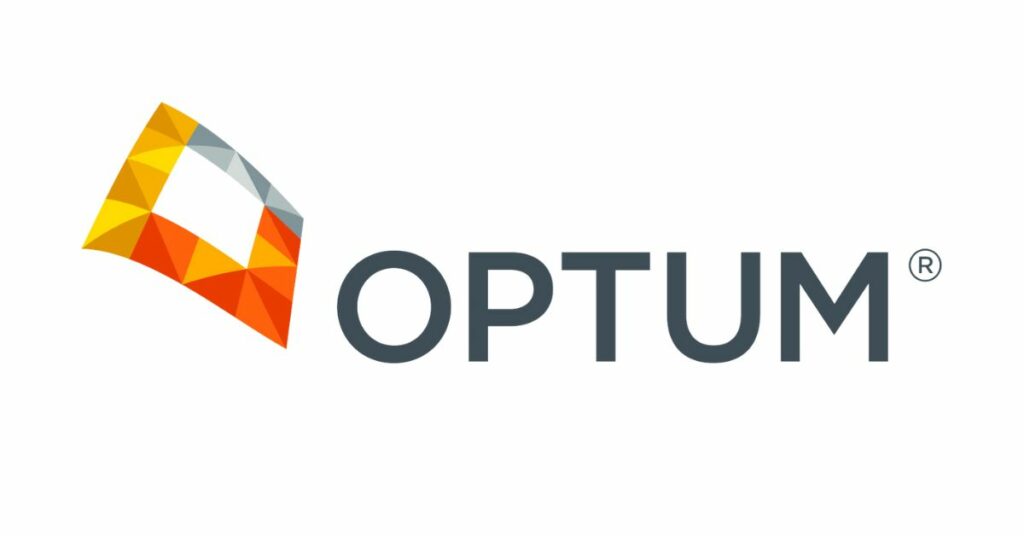
Optum360’s tool combines natural language processing and machine learning technologies to streamline the CDI process. It suggests clinical documentation improvements, ensuring that records are complete and compliant.
6. Dolbey Fusion CAC
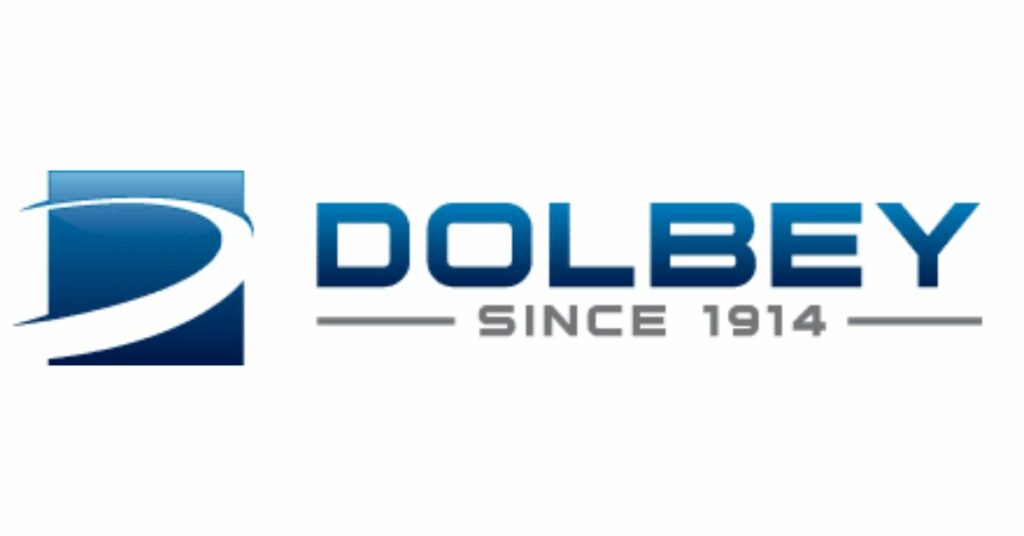
Fusion CAC uses AI to enhance CDI efforts by assisting coders and CDI specialists in identifying and confirming documentation opportunities with greater accuracy, leading to improved quality and patient care outcomes.
7. ChartWise CDI
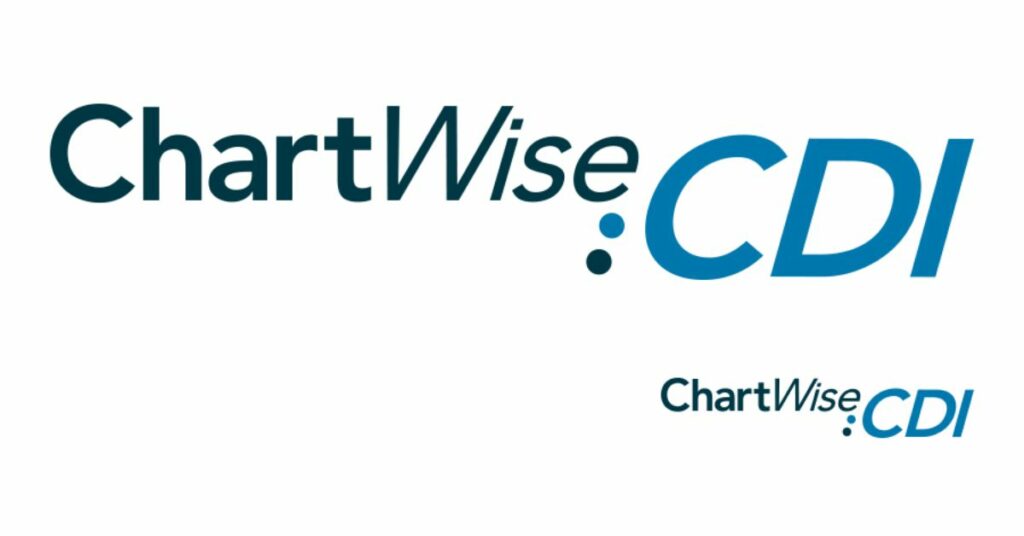
ChartWise’s CDI software is designed to enhance precision in clinical documentation. It offers an intuitive interface and decision support that helps identify opportunities for documentation improvement and quality scoring.
8. nThrive Education CDI
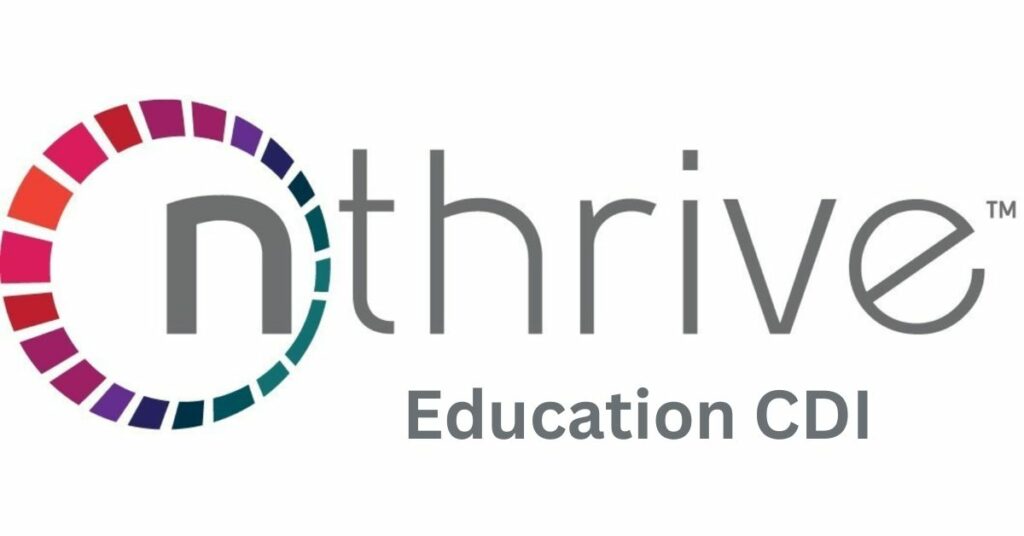
nThrive focuses on the educational aspect of CDI, providing a platform that includes continuous learning and training tools to ensure that healthcare providers stay current with the latest in clinical documentation best practices.
9. Cerner PowerChart Touch
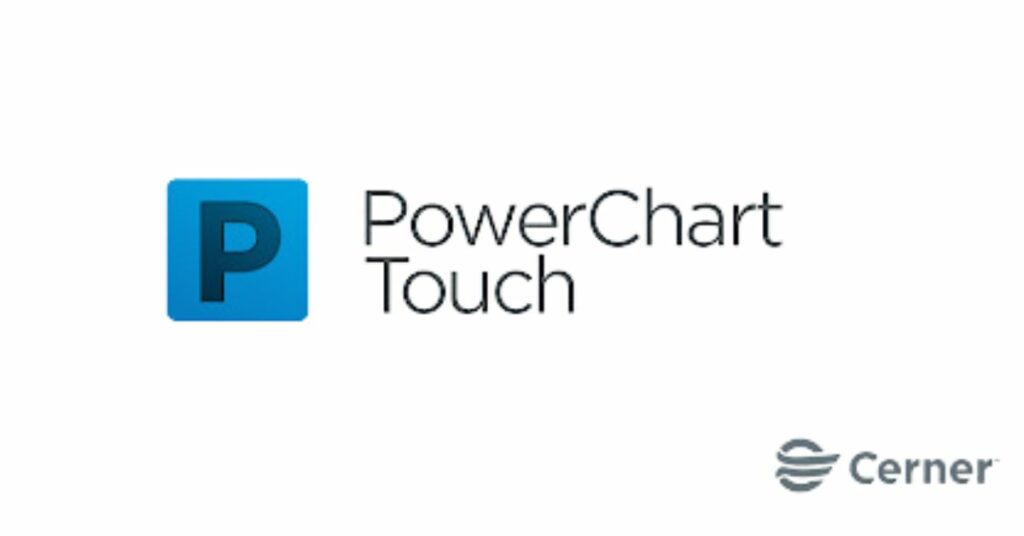
With Cerner’s solution, healthcare providers can access a streamlined CDI tool within their EHR system. PowerChart Touch enhances the documentation process with user-friendly interfaces and touch-screen technology.
10. Meditech Expanse Point of Care (POC) CDI
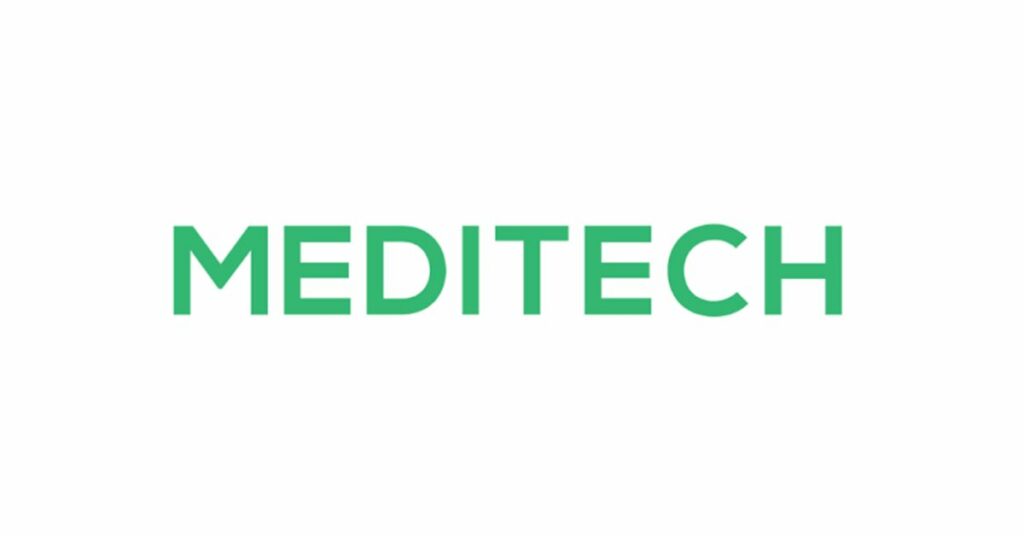
Meditech’s tool is integrated into its Expanse platform, allowing clinicians to improve documentation at the point of care. It supports clinical decision-making with alerts and prompts for more accurate and complete documentation.
What are the benefits of implementing CDI?
CDI has several advantages for healthcare institutions. First, it greatly improves patient record accuracy, which is essential for medical treatment. Correct diagnosis and treatment improve patient outcomes with accurate documentation. Second, CDI simplifies coding and invoicing, decreasing mistakes and improving income via reimbursement.
It also helps meet regulatory requirements, reducing documentation-related legal risks. Healthcare providers may identify trends and improve patient and hospital management using CDI data analytics. CDI improves hospitals’ economics and patient care.
What are the challenges of the CDI program?
It might be technologically and logistically difficult to integrate CDI procedures with current healthcare systems. Healthcare personnel who see CDI as a burden may resist change, hindering implementation.
The balance between accurate documentation and patient care objectives is complex and requires careful supervision. Finally, medical rules and coding standards change often, requiring ongoing learning and system changes. CDI programs in healthcare may suffer if these issues are not addressed.
FAQs
The most commonly used tool for CDI (Clinical Documentation Improvement) specialists is specialized CDI software. This software aids in analyzing medical records, ensuring accurate documentation, and optimizing coding for billing. It is essential for enhancing the efficiency and accuracy of medical record-keeping.
CDI ensures accurate and complete medical record documentation, improves patient care documentation, and facilitates appropriate medical coding and invoicing. These functions improve healthcare efficiency and quality.
The best way to measure the success of a Clinical Documentation Improvement (CDI) program is through key performance indicators like improved coding accuracy, enhanced patient care quality, and increased revenue from accurate billing. Regularly monitoring these metrics offers a clear view of the program’s effectiveness and areas for improvement.
The future of Clinical Documentation Improvement (CDI) lies in advancing toward more integrated, AI-driven systems. These innovations will enhance the accuracy and efficiency of medical record-keeping, ensuring better patient care and optimized healthcare operations. The focus will increasingly be on real-time, predictive analytics, and personalized patient care strategies.
Conclusion
These CDI solutions help doctors and coders collaborate to guarantee that medical records correctly represent patient treatment, which is crucial for patient outcomes and healthcare organizations’ finances. With these tools, healthcare facilities are empowered to meet the highest standards of documentation accuracy and compliance.
Thanks!





